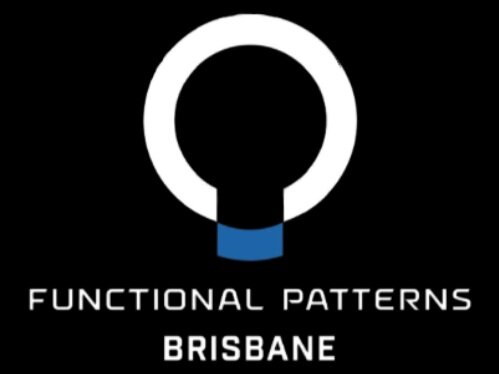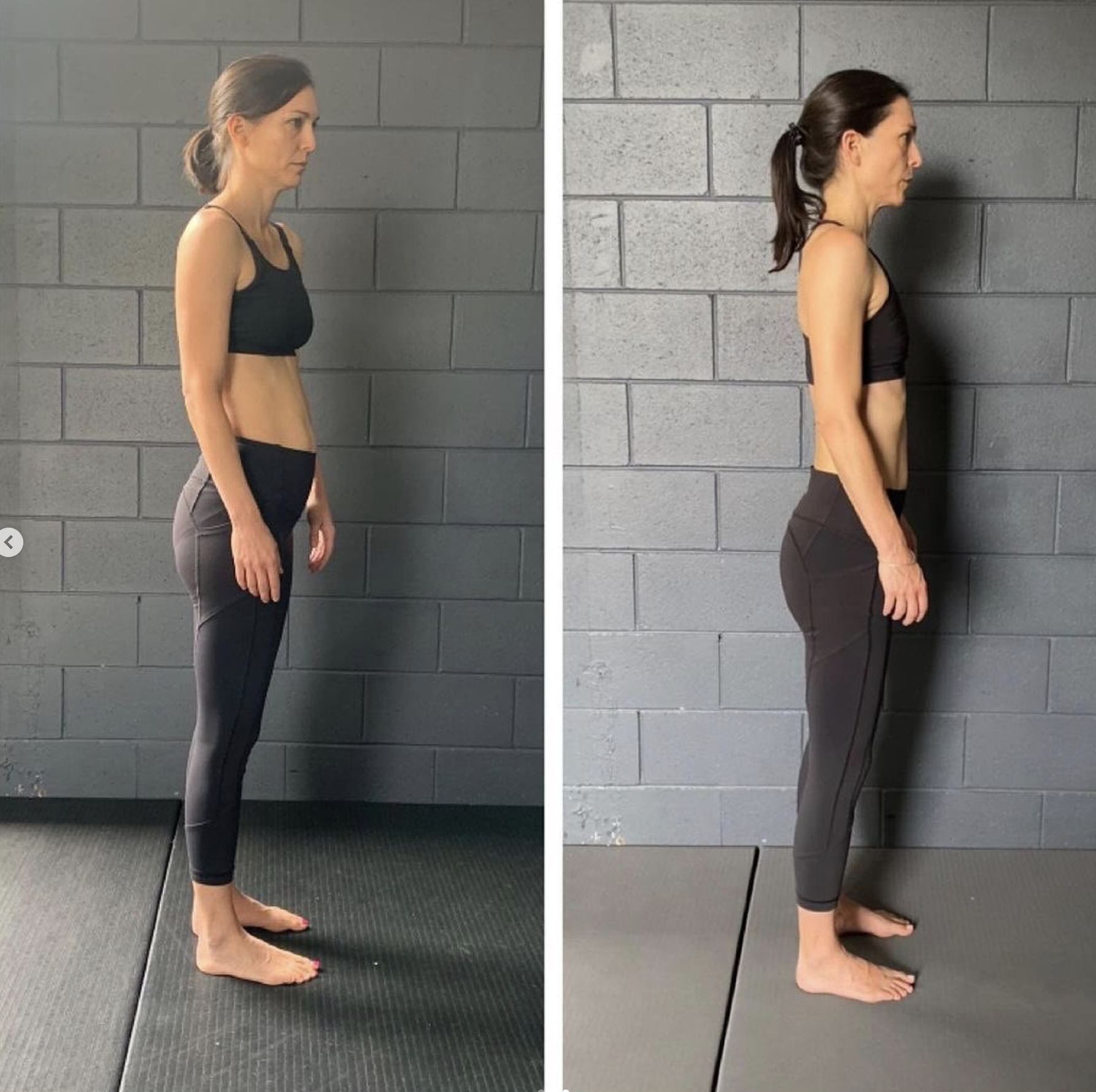Understanding Poor Posture: A Comprehensive Guide
Is Poor Posture Really A Problem?
Yes, poor posture is not just an aesthetic concern—it significantly impacts your health and well-being. Your body moves everyday and there is an optimal way to stand and move that helps you stay strong, mobile and injury free.
Maintaining this optimal posture is crucial for preventing pain and injury. When we deviate from this natural alignment, it can lead to a host of issues, from chronic pain to impaired function.
Every curve and alignment of our body serves a purpose far beyond mere appearance.
Your body should cooperate with gravity instead of resisting it. The goal is to find the best balance where our muscles and bones work best, spreading out forces evenly across our joints and tissues. This balance minimises wear and tear, preserving our body's integrity and functionality over the years.
Straying from optimal posture places excessive stress on parts of the body not meant to handle it. Imagine each bone in the spine as part of a well-constructed archway. Each piece relies on the precise positioning of its neighbours. Deviation in this architecture doesn't merely disrupt aesthetics; it compromises the entire structure's stability and strength.
The cascade of consequences from maintaining poor posture is profound. We can often trace chronic pain, frequently dismissed as unavoidable discomfort, back to postural misalignments.
This pain is a signal, not just a symptom to silence, showing that our body's natural balance is off. Poor posture leading to impaired function can spread, limiting our ability to move freely. Everyday tasks and physical activities can become uncomfortable.
Understanding and striving for optimal posture is not just about standing taller or looking more confident. It is about respecting and supporting the body's inherent design for movement and stability. It's a commitment to a lifestyle that prioritises health and well-being. Recognising that how we hold ourselves impacts not just our physical health but our overall quality of life.
What Is My Optimal Posture?
Your optimal posture is determined by factors such as the length and ratio of your bones. This ideal alignment allows for efficient movement and minimises stress on your joints, muscles, and ligaments.
Understanding your body's unique structure is key to recognising your optimal posture. It’s about finding a balance that supports your natural curvature of the spine. It involves allowing for a distribution of forces that doesn't overburden any single part of the body.
Embracing the principle that form follows function unveils a different perspective on achieving optimal posture. The most effective posture is not about mastering the art of standing still but about perfecting movement. More specifically - walking, running, and throwing with precision and coordination.
This holistic approach shifts the focus from static alignment to the fluid mechanics of gait. It underscores the reality that true postural excellence emerges from the quality of our movements.
The Dynamics of Optimal Posture
Understanding that optimal posture is the natural outcome of correct gait mechanics illuminates the path to sustainable postural health. It's a journey that begins with the fundamentals of human locomotion, recognising that each step, stride, and motion contributes to the sculpting of our form. In this light, posture becomes a reflection of our movement patterns, an echo of our functional activities. The correct posture, therefore, is inherently dynamic, evolving from the efficiency and harmony of our movements through space.
Beyond Standing: The Essence of Movement
The quest for correct posture involves more than spinal alignment, it it's how we walk, run, and engage in movement. Every movement is an opportunity to reinforce our natural alignment and ensuring that we promote balance and reduce strain. This approach advocates for a reeducation of the body's movement capabilities, emphasising the importance of gait mechanics as the foundation of postural integrity.
Learning to Move with Purpose
Dynamic posture is less about learning to stand correctly and more about relearning how to move. It involves a meticulous examination of our walking, running, and throwing techniques, identifying and correcting inefficiencies that lead to compensatory patterns and postural deviations.
Focusing on our gait (walking mechanics) allows us to align our bodies. This allows our posture to improve naturally as a byproduct of functional movement.
The Path to Functional Posture
Adopting a functional approach to posture correction encourages a deeper connection with our bodies. It fosters awareness of how each movement influences our form.
We can engage in activities that enhance our gait mechanics such as:
Targeted exercises that strengthen the muscles involved in walking
Practices that increase mobility and flexibility where it's needed most
Myo-fascial release that supports correct gait and posture
Causes of Poor Posture
The roots of poor posture extend far beyond the superficial habits of slouching at a desk or craning over a smartphone. They delve into the mechanics of how we move through our world—our gait. As we've explored, optimal posture is a reflection of functional movement patterns, including walking, running, and throwing.
It follows, then, that deviations in these primal activities can lead to misalignments in our posture. This relationship underscores a fundamental principle: form follows function. Poor posture is linked to deficiencies in our movement.
The Mechanics of Movement and Posture
Gait, the manner in which we walk, is the cornerstone of human movement. A well-coordinated gait cycle engages our muscles, joints, and the nervous system. When done correctly, it allows us to maintain balance, propel forward, and adapt to varying terrains.
When this harmony is disrupted (by sedentary lifestyles and improper training) our posture suffers. Poor gait mechanics, characterised by imbalances such as over-pronation, insufficient hip extension, or lack of spinal rotation, effects on our posture.
From Movement to Misalignment
The body is a master of compensation; it will find a way to accomplish what we ask of it. Even if it means adopting less-than-ideal strategies.
The body adjusts to poor gait mechanics. It alters the alignment of our spine, hips, and limbs to maintain balance and forward motion. Over time, these adjustments solidify into poor posture.
For example, a lack of hip extension during walking can result in excessive anterior pelvic tilt. This contributes to a kyphotic-lordotic posture. Similarly, inadequate spinal rotation and shoulder mobility can lead to rounded shoulders and forward head posture.
The Cumulative Impact on Health
The consequences of poor gait and the resulting poor posture extend beyond aesthetic concerns. They can manifest as:
chronic pain,
reduced mobility,
increased risk of injury,
and even affect our capacity for basic activities and exercise.
The body's compensations, while helpful in the short term, can strain muscles and ligaments. It can wear down joints, leading to a cycle of discomfort and dysfunction.
Correcting the Root Cause
Addressing poor posture requires a return to the basics of movement. It's about retraining the body to walk, run, and throw with proper mechanics. This process involves not only physical re-education and strengthening, but unlearning the patterns that have led us astray.
By focusing on improving gait mechanics, we can realign our posture from the ground up. Ensuring that our form is a true reflection of functional, efficient movement. This holistic approach goes beyond temporary fixes. It offers a pathway to lasting health and well-being, rooted in the natural capabilities of the human body.
Improving Poor Posture
Improving posture through gait correction is about aligning our movements with the biomechanical principles that govern efficient, natural motion. Each phase of the gait cycle (from the initial contact of the foot with the ground to the propulsion forward) should support our body's structural integrity.
Incorrect movement ripples through our musculoskeletal system. It manifests as posture issues, nervous system issues, immune system issues and so on. This first step to improving gait is to analyse it.
Professional Guidance in Gait Analysis
Navigating the complexities of gait improvement often necessitates the insights of biomechanics experts. These professionals, such as the team at Functional Patterns Brisbane, employ a variety of tools and techniques. We utilise video footage and direct observation and feedback to identify aberrations in our walking patterns.
Once identified, we can prescribe targeted exercises to retrain the body in the nuances of efficient movement. This approach ensures that therapy is directly aligned with the individuals needs. We address the specific deficits in the gait cycle that contribute to poor posture.
The Role of Conscious Movement
Improving gait and, by extension, posture is not solely the domain of experts; it requires our active participation and a shift toward conscious movement. It involves cultivating an awareness of how we move throughout our day, from the way we transition from sitting to standing to how we distribute our weight while walking. By bringing mindfulness to these actions, we can gradually integrate correct movement patterns into our muscle memory, leading to sustainable improvements in posture. Much of our gait issues come from our environments. Stress takes our focus away from our body, and work has us either sitting down pr doing various repetitive motions.
From Correction to Prevention
As we enhance our gait, the benefits extend beyond posture correction; they lay the foundation for a proactive stance against future musculoskeletal issues. Improved movement patterns contribute to a more balanced distribution of forces across our joints and tissues, reducing the risk of overuse injuries and chronic conditions. We also support pour hormones and nervous system as our fascial system, which senses what our body is doing is space, plays a massive role in biochemical and electrical signalling in the body. This web of connective tissue becomes dry and dysfunctional due to dysfunctions in movements and gait. In essence, by aligning our gait with biomechanical principles, we not only remedy current postural deviations but also fortify our bodies against the challenges of physical strain and aging.
Three MAIN Pitfalls to Avoid for Good Posture
Stretching or Yoga: Overemphasis on stretching, particularly without addressing underlying structural imbalances, can lead to further instability. The concept of 'tensegrity' in the body suggests that balance and stability come from an optimal distribution of tension, not merely flexibility. Yoga has been blamed by many surgeons as a contributor to hip replacements in middle age.
Conventional Weight Lifting (Bench, Squat, Deadlift): Traditional weightlifting exercises, if not performed with a deep understanding of one's biomechanics, can exacerbate poor gait patterns. These exercises often reinforce anterior-posterior movements without addressing the rotational and lateral movements crucial for a balanced gait.
Constant Sitting or Bike Riding: These activities perpetuate hip flexion, limiting the necessary extension for a healthy gait. Over time, the lack of extension can contribute to compensation and dysfunction, further entrenching poor posture habits.
Addressing poor posture extends beyond quick fixes like bad posture correctors or temporary adjustments. It requires a holistic understanding of the body's movement patterns, particularly gait, and a commitment to modifying the habits that lead to postural deviations. By focusing on the foundational elements of movement, individuals can achieve lasting improvements in posture, alleviating symptoms like bad posture neck pain, back pain, and the myriad of issues associated with poor alignment. Embracing this comprehensive approach offers a path toward not only improved posture but enhanced overall health and well-being.




